-
Poland – Polski
-
Lithuania – Lithuanian
-
Netherlands – Dutch
-
Denmark – Danish
-
Estonia – Estonian
-
Finland – Finnish
-
France – French
-
Greece – Greek
-
Italy – Italian
-
Latvia – Latvian
-
Portugal – Portuguese
-
Romania – Romanian
-
Slovenia – Slovenian
-
Spain – Spanish
-
Austria – German
-
Germany – German
-
Switzerland – German
-
Czech Republic– Czech
-
Sweden – Swedish
-
Liechtenstein – German
-
Slovakia – Slovak
-
Ukraine – Ukrainian
-
Moldova – Romanian
-
Cyprus – Greek
-
Ukraine – Russian
-
Croatia – Croatian
-
Bulgaria – Bulgarian
-
Malta – English
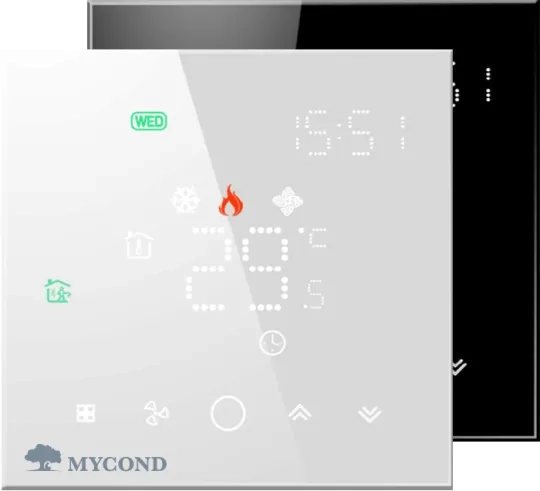
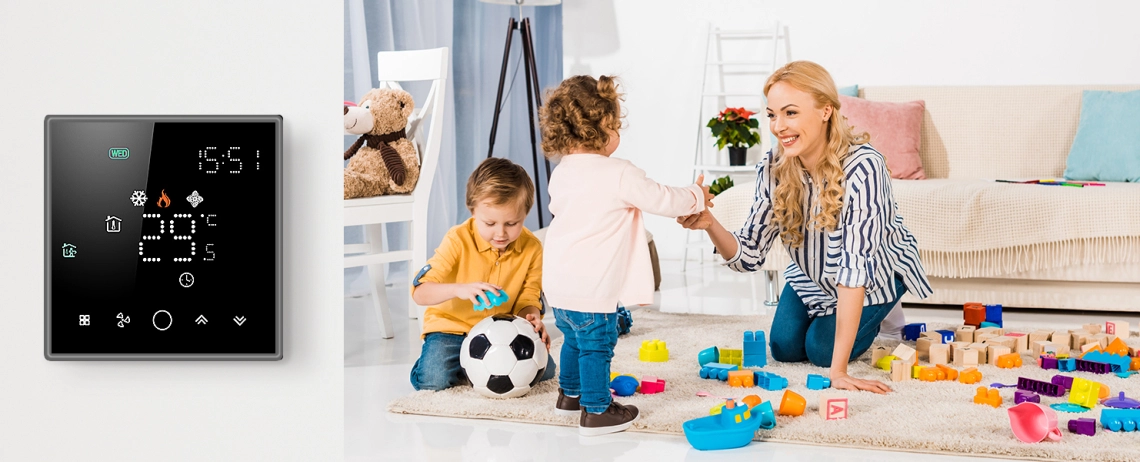
Control of the heating operation is carried out using sensors: built-in — the temperature sensor of the air environment in the room.
The possibility of programming the operating modes of the heating equipment for all days of the week provides savings on heating costs of up to 30 percent or more. Fan coil thermostat Mycond Block provides control of the fan and fan coil valve drives.
Purpose: control of fan coils with a 220V AC motor or in-floor convectors with the appropriate control module.
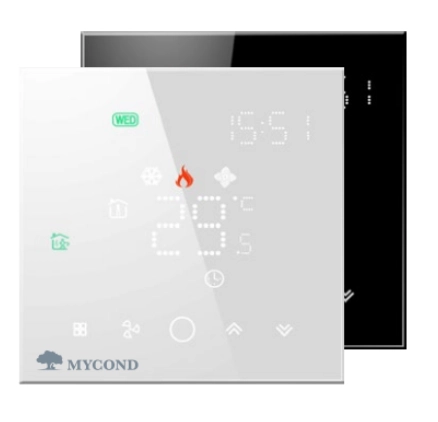
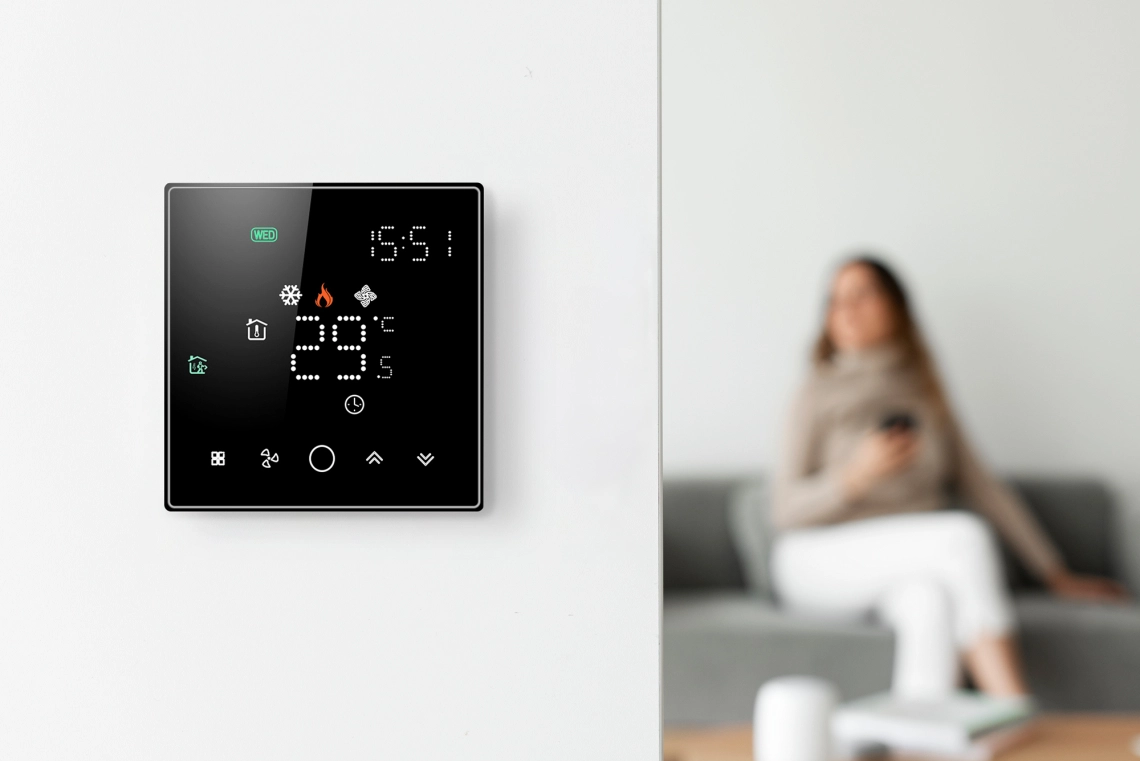
Control of the fan coil thermostat Mycond Block
The set parameters of the air temperature are maintained with an accuracy of 1 °C, all settings are carried out using illuminated touch buttons located on the bottom panel.
By programming the weekly mode of operation, separately for working days and separately for weekend days, as well as setting the minimum air temperature for the economical mode for the time when no one is in the rooms, provide savings on heating costs in the amount of more than 30%.
You can control the operation of the thermostat through the Mycond SmartApp mobile application.
Indication of the thermostat
The display of the fan coil thermostat shows:
- On/Off network indicators;
- configured and current air temperature in the room;
- indicators of the active mode of operation — automatic or manual;
- indicators of the selected operating mode — cooling, heating or ventilation;
- indicators of the day of the week and blocking of the setting buttons;
- hour phase indicator during automatic mode;
- indicator of the current time of day.
At the bottom of the panel there are touch buttons for setting modes and menu transitions. These buttons are backlit.
With the buttons for automatic mode, you can choose time ranges and the desired air temperature separately for weekdays and weekends.
Adjustments are made according to the sequence outlined in the Installation and Adjustment Instructions.
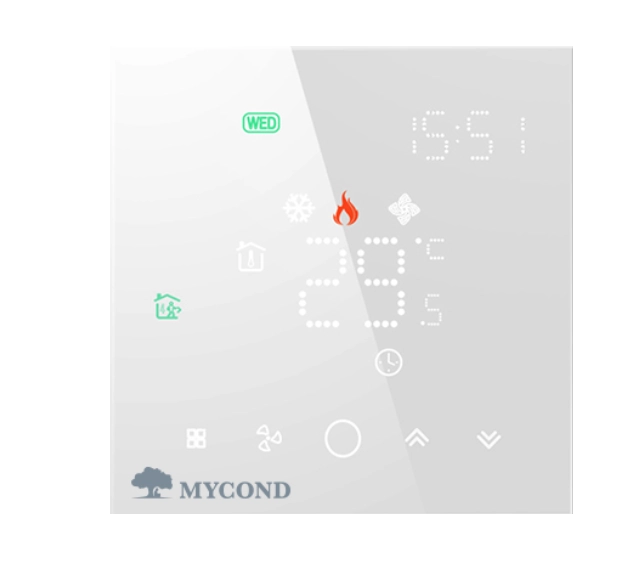
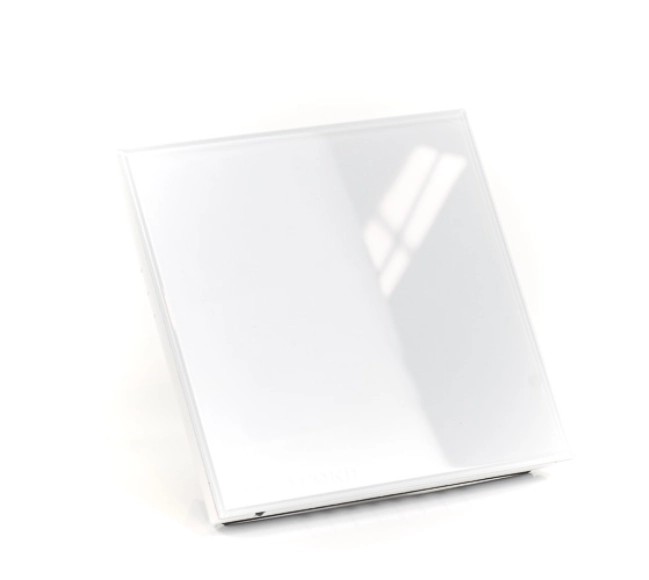
Benefits
- Touch control
- Large white display with backlighting
- Large font
- Body material: fire-resistant plastic
- Programmable mode
- Freeze and overheat protection
- Lockable control buttons
- Fan control (3 speeds + Auto)
- Valve control
- 3 operating modes (ventilation, cooling or heating)
Additional modifications :
- MODBUS for connection to a building management system or a smart home
- 0-10 V fan and 24 V operating voltage
- Support of 4-pipe systems
- Wi-Fi, wireless control via Mycond SmartApp on smartphone
Specifications
- Accuracy of measurement ± 1 °C
- Adjustable temperature range: 5-35 °C
- Power consumption: < 3 W
- Error: 1%
- Power supply: AC95~240V 50~60Hz
- Load: up to 3A
- Wi-Fi 802.11b
- Dimensions: 86 x 86 x 13.3 mm
- Installation box: 60 mm
- Operating conditions: operating temperature range from 0 to 45 °C, relative air humidity from 5 to 90%
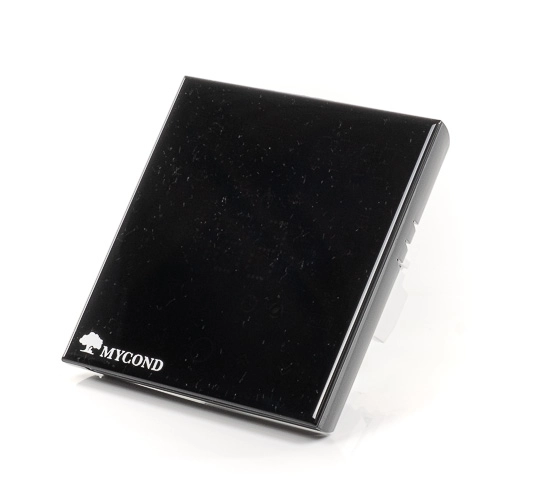
Installation of the fan coil thermostat Mycond Block
Fan coil thermostat is intended for wall installation in a mounting box and in-wall installation of network wires. The place of installation is chosen away from door and window openings, from heating radiators or areas warmed by the sun.
Fan coil thermostat Mycond Block will help not only provide heat in the house in advance before your arrival, but also significantly save your resources during the heating season.
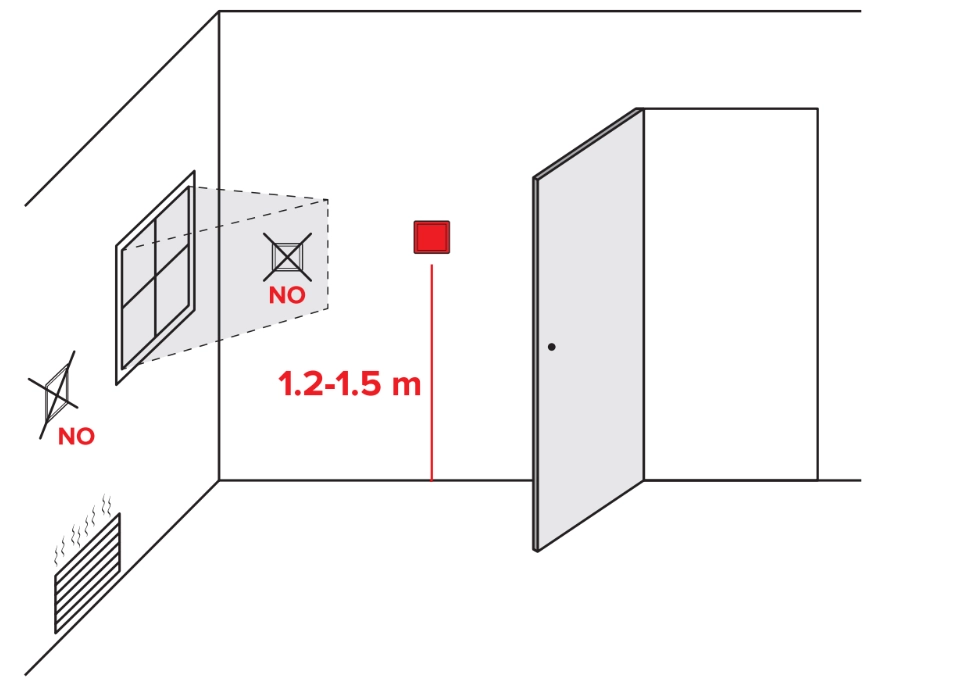
Installation tips
Install the thermostat at about 1.2-1.5 m above the floor in a well-ventilated
area with moderate ambient temperature.
Do not install in locations where the thermostat can be affected by:
- Drafts or dead spots behind doors and in corners
- Hot or cold air from ducts
- Sunlight or radiant heat from appliances
- Concealed pipes or chimneys
- Unheated/uncooled areas such as an outside wall behind the thermostat